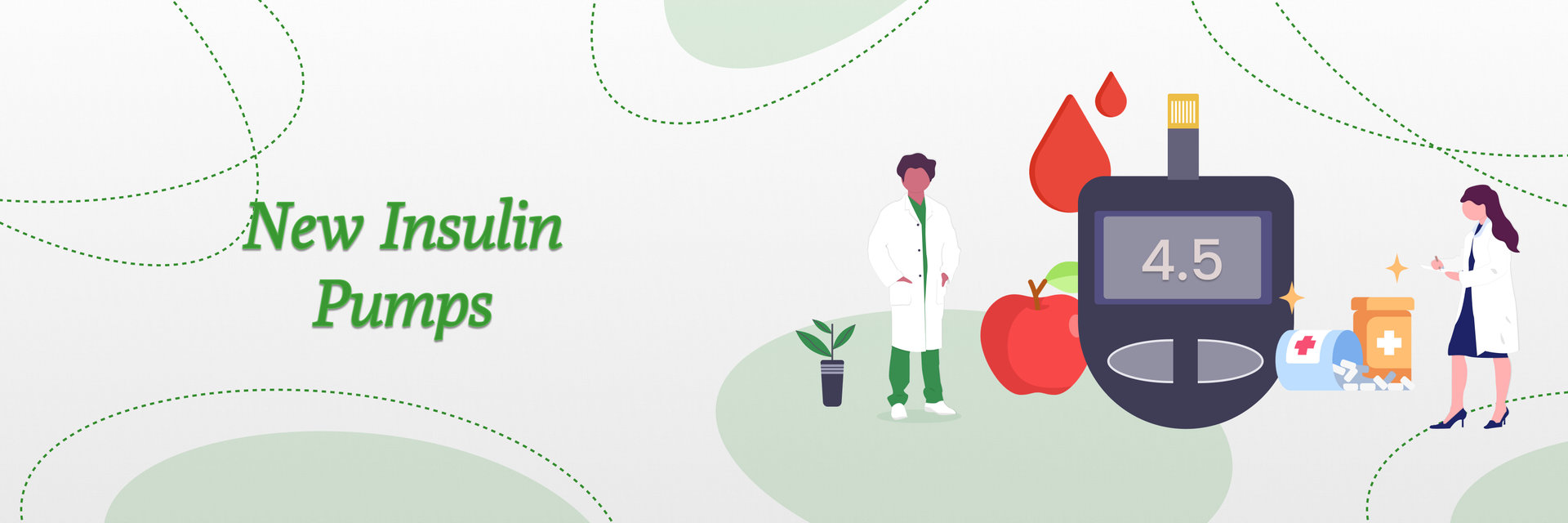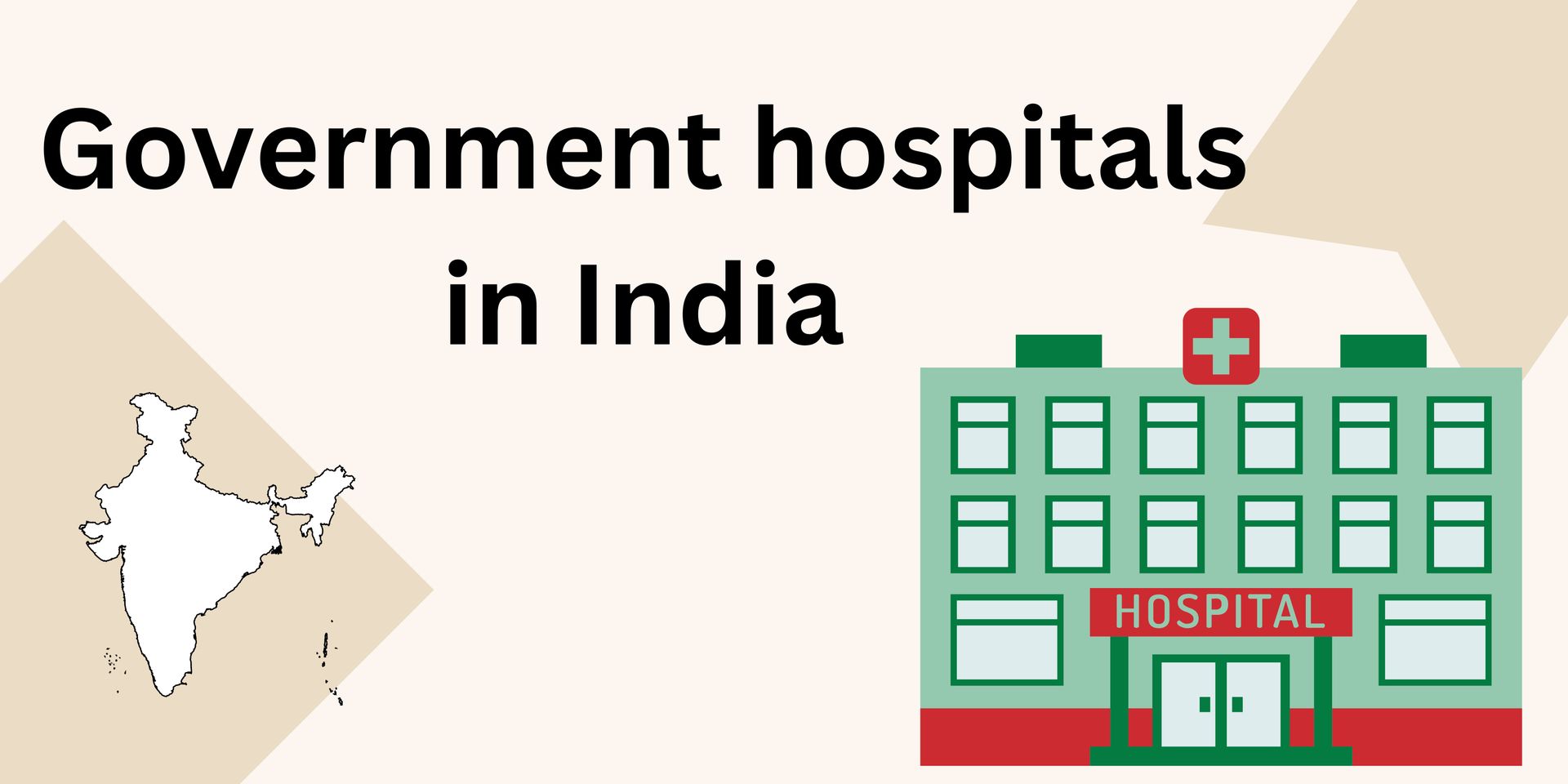Introduction
The way the body heals is an important area of study. Peptides for injury recovery are now seen as promising candidates in this field. Studies from peptide regeneration research and preclinical peptide studies show that these compounds may speed up recovery. This opens new directions for regenerative medicine.
What Are Peptides, and Why Do They Matter in Regenerative Medicine?
Peptides are short chains of amino acids that act as signals in the body. They take part in processes to reduce inflammation. They also support new blood vessel growth and guide tissue repair.
Peptides in regeneration have the ability to interact with specific receptors. This makes their delivery more targeted than many common treatments. Their peptide healing mechanisms often work by sending signals that activate repair pathways. This helps the body to efficiently rebuild damaged tissues.
Preclinical Models in Injury and Regeneration Research
Before human trials begin, peptides are tested in preclinical models. Researchers use cell cultures and animals. This is mainly practiced on rodents and rabbits, to study their effects. Results often show potential in tissue repair, reduced inflammation, and enhanced regeneration.
These regenerative medicine animal studies are essential for exploring peptide testing models. They allow researchers to assess the overall mechanism and effects before clinical use.
Key Peptides Studied for Injury Recovery
BPC-157
Body Protection Compound-157 (BPC-157) is a 15-amino acid peptide that accelerates healing. It has been studied mainly in musculoskeletal injuries.
It interacts with the nitric oxide (NO) system. This modulates oxidative stress and angiogenesis, and has antioxidant and anti-inflammatory effects. Preclinical studies provide strong evidence of its healing potential. Pharmacokinetic studies in rodents and rabbits established effective doses of (6–50 µg/kg).
Thymosin Beta-4 (TB-500)
Thymosin β4 (Tβ4) is a naturally occurring peptide; TB-500 is its synthetic analog. This accelerates dermal healing in normal, diabetic, and aged animals. For humans, it has shown potential in angiogenesis. Some even showed reduced inflammation, and it remodels the extracellular matrix.
Growth Hormone Secretagogues (Ipamorelin, GHRP-6)
There are several growth hormone secretagogues, such as Ipamorelin and GHRP-6. They can stimulate endogenous growth hormone release. These may also support muscle recovery and systemic repair. However, specific preclinical studies are limited. Although their classification as growth hormone peptides recovery agents may indicate potential in regenerative contexts.
Mechanisms of Action in Preclinical Models
Peptides drive tissue repair through multiple connected pathways. Preclinical studies highlight key peptide healing mechanisms that support regeneration.
Anti-inflammatory effects
Anti-inflammatory effects are important for recovery. In its preclinical models, some peptides modulate cytokines. This reduces pro-inflammatory signals and enhances the anti-inflammatory process. These peptides aid recovery by reducing inflammation and preventing fibrosis. At the same time, healing occurs in musculoskeletal and cardiovascular tissues.
Angiogenesis and vascular support
Another important peptide regeneration pathway is angiogenesis. It is the growth of new blood vessels. Evidence shows some peptides increase vascular endothelial growth factor (VEGF). This promotes new capillary formation and stabilizes these vessels. Because of this, long-term function is improved by restoring blood flow to damaged areas.
Collagen synthesis & ECM remodeling
Structural repair depends on the extracellular matrix (ECM). Preclinical studies show peptides stimulate fibroblasts, Collagen I and III. It also regulates enzymes like matrix metalloproteinases (MMPs) to remodel the ECM. This mechanism minimizes scarring while restoring tissue structure.
Stem cell recruitment & proliferation
In preclinical models, peptides can attract mesenchymal stem cells (MSCs) and progenitor cells to injury sites. This makes the peptides expand the body’s natural healing ability. As well as guide the formation of functional tissues. This makes the repair process more complete and efficient.
Safety, Limitations, and Translation to Clinical Use
Data from animal models may consistently demonstrate peptide safety in preclinical studies. However, significant peptide research challenges remain in moving findings to humans. For instance, some peptides like BPC-157 are not FDA-approved. Yet, they are still available off-label or online.
Experts warn about peptide therapy limitations. This includes regulatory risks and potential unwanted angiogenesis in rare cases.
Future Perspectives in Regenerative Peptide Research
The future of peptide research focuses on creating new-gen molecules. Molecules with improved stability, bioavailability, and targeted action. This drives regenerative peptides innovation.
Another one is the integration of peptides with stem cell therapies or biomaterials. Guided by artificial intelligence and computational modeling, this may lead to next-gen peptide therapies. Patents on BPC-157 even explore the combination of mesenchymal stem cells or hyaluronic acid. This enhances healing formulations.
Conclusion
Preclinical studies keep showing that peptides for injury recovery are promising bioactive compounds. The translation of these findings to humans still depends on thorough clinical trials. Ongoing peptide regeneration research is steadily pushing the boundaries of regenerative medicine.







